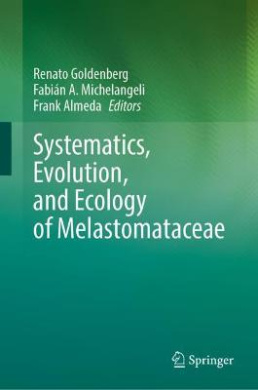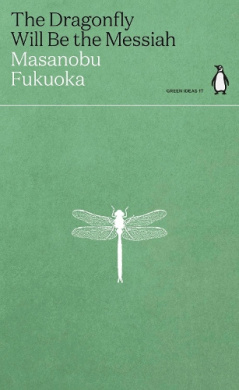Description
Renato Goldenberg is a full professor (“Professor Titular”) at the Botany Department in the Universidade Federal do Paran, in Curitiba, Brazil. He studied Agronomy at the Universidade de So Paulo, then got both his masters and PhD on Vegetal Biology at the Universidade Estadual de Campinas, with a short internship at the National Museum of Natural History, in Washington, DC. He spent two sabbatical periods in the US, working at the New Your Botanical Garden and, again, at the National Museum of Natural History. Nowadays he teaches mostly plant systematics and field botany for undergrads, and also in the botany / vegetal biology graduate programs at his home institution and also at UNICAMP. His research focuses on the taxonomy, systematics and any other topic related to Melastomataceae. He is currently section editor for Phytotaxa and the Brazilian Journal of Botany, and receives a productivity research grant from CNPq (Brazil). Fabin A. Michelangeli is the Abess Curator of Tropical Botany in the Institute of Systematic Botany of the New York Botanical Garden. He studied Biology in his native Caracas at the Universidad Central de Venezuela, and obtained a PhD in Plant Sciences from Cornell University. His research focuses on the systematics, taxonomy and evolution of tropical plants,especially on the family Melastomataceae. He also teaches in the graduate program in Biology at the City University of New York and Forestry and Environmental Sciences at Yale University. He has been an Associate Editor of Brittonia since 2004. Frank Almeda is Curator Emeritus of Botany in the Institute for Biodiversity Science and Sustainability at the California Academy of Sciences (CAS) where he also served two terms as Director of Research. He did his undergraduate work in Botany and Bacteriology at the University of South Florida (Tampa) and then earned a PhD in Plant Sciences at Duke University. His research focuses on the Systematics and evolution of tropical vascular plants with a special emphasis on Melastomataceae and Symplocaceae. Before official retirement he was also Research Professor of Biology at San Francisco State University (SFSU) where he served as major professor to numerous graduate students in the SFSU/CAS joint training program, an activity that he continues. He currently serves on the Editorial Board of Harvard Papers in Botany. Foreword Preface Section I – An introduction to Melastomataceae 1. Melastomataceae diversity and distribution 2. History of Classification of the Melastomataceae 3. General morphology and terminology 4. Historical biogeography of Melastomataceae Section II – Systematics 5. An overview of Melastomataceae classification and phylogenetics 6. Revisiting character evolution in the Myrtales and its bearing on classification: Should the circumscription of Melastomataceae include the “memecyloids”? 7. Systematics of Kibessieae 8. Systematics of Astronieae 9. Phylogeny and systematics of Henrietteeae 10. The tribe Miconieae: many genera or one genus? 11. Systematics and taxonomy of the Merianieae 12. Systematics of Bertolonieae and Trioleneae 13. Systematics of Blakeeae 14. The tribe Cyphostyleae; exceptions that prove the rules 15. Systematics of Sonerileae and Dissocheteae: creating order out of chaos 16. Systematics of Cambessedesieae 17. Systematics of Rhexieae 18. Systematics of Microlicieae 19. Systematic studies in the Neotropical tribe Marcetieae 20. Melastomateae: a review on the taxonomic history, morphology, molecular phylogeny and biogeography Section III – Evolution: Morphology, Biology, Reproduction and Biogeography 21. Comparative floral ontogeny of Melastomataceae 22. Seed morphological features in Melastomataceae 23. Patterns of Chromosome Number Diversity and Evolution in the Melastomataceae 24. Apomixis in Melastomataceae: Diversity of developmental mechanisms and ecological consequences 25. Pollination syndromes and flower diversification in Melastomataceae 26. Stamen diversity in Melastomataceae: morphology, color and function 27. Patterns of diversification of Miconia (Miconieae) in the Greater and Lesser Antilles 28. Colonization by Melastomataceae and its diversification in the Atlantic Forest 29. A review of the paleobotanical record of Melastomataceae Section IV – Ecology 30. Shapes of species responses to soil fertility in lowland Amazonian Melastomataceae 31. Seed germination ecology in Neotropical Melastomataceae 32. Seed dispersal ecology in Neotropical Melastomataceae 33. Myrmecophytism in the Melastomataceae Section V – Melastomataceae and humans 34. How non-native invasive Melastomataceae inform a greater understanding of the biology and genetics of the family Conclusion and future prospects






